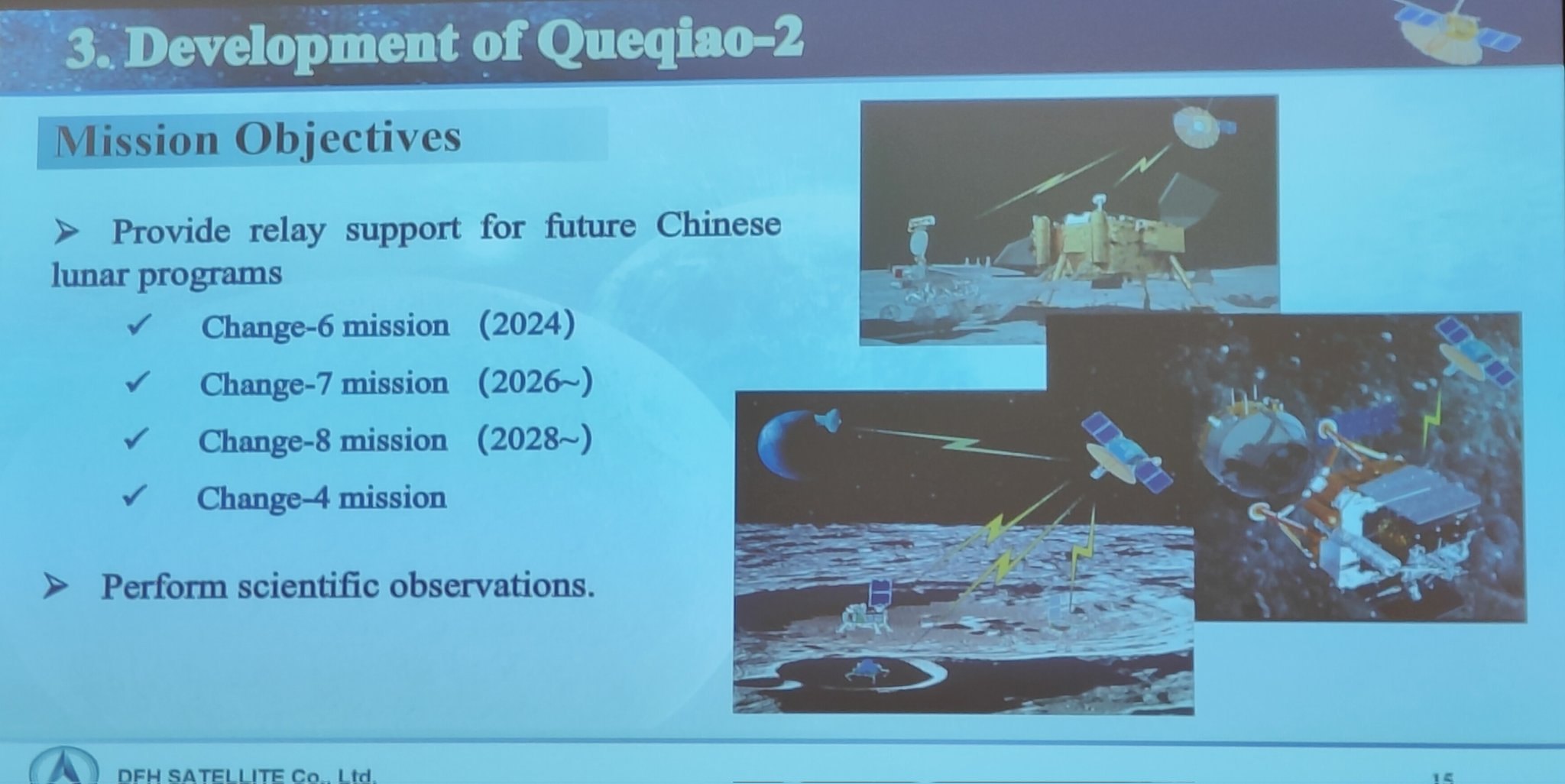Ispace and galactic energy, the ones that have been fucking around with nothing but small solid lift rockets for the last 4 years, are some of the best funded rocket companies in China. Certainly more than newcomers like Orienspace, or Space pioneer. And at least Orienspace is aiming high for their own solid fueled rocket, aiming to be one of the most powerful solid rocket ever launched.Short and simplified answer, liquid rocket engine is much more difficult to develop than solid engine. I even suspect that many Chinese "private" companies just source their solid boosters from missile producers which PLA is happy to spread out their cost.
Afterall, this private space companies are supposed to try new things, innovate and try to bring launch costs down. Messing around with tiny little solid rockets isn't a good use of investor's money.
And then there's weird shit like Landspace actually managing to develop a powerful liquid fueled rocket, but they choose to go for a old rocket design that won't allow for reusability, not even allowing them to test it, meaning that they will basically have to design a brand new rocket from scratch to allow them to achieve reusability.
It really is such a waste.





















